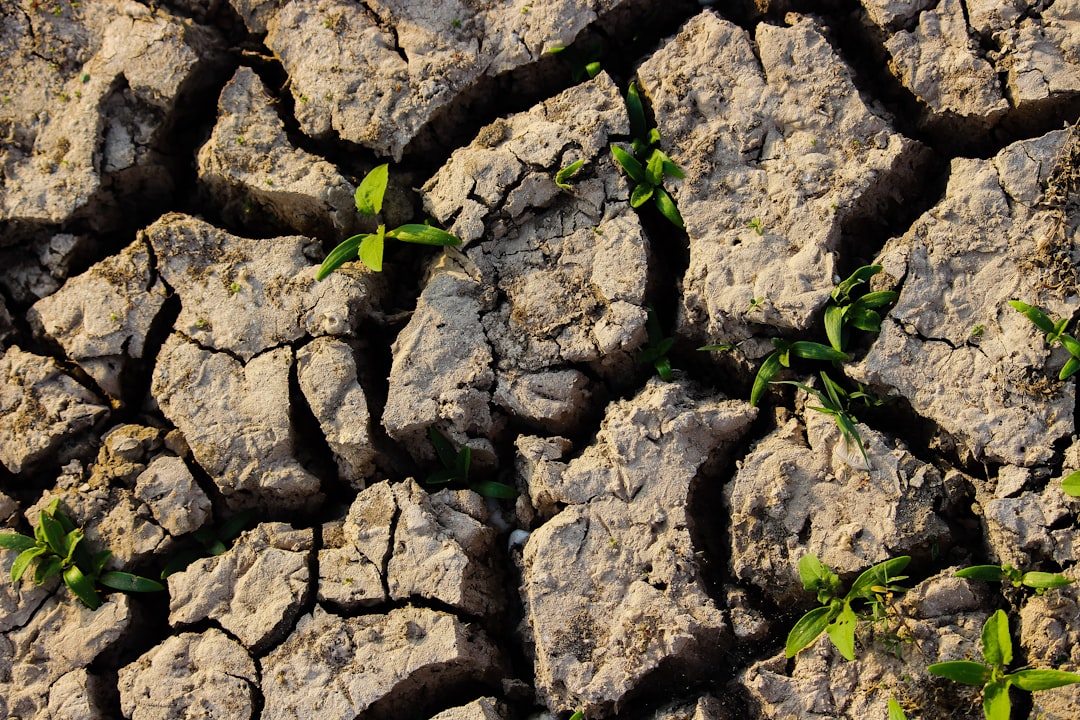What is it about?
In oceanography, we often need to generate maps of data which present a smoothed and easier to understand data field. This also allows to fill gaps between data points irregularly sampled in space. A good mapping method is especially important in polar regions because observation data are fewer than in other regions. However, we also do not want to oversmooth our data field and lose essential features. In this paper, we introduce a mapping technique that is adapted to the polar regions. In particular, it avoids oversmoothing, reducing greatly the mapping/interpolation error in frontal regions. We also provide a step-by-step method for users to do their own mapping with ease. We have also made publicly available a MATLAB package to determine the mapping deccorelation scales.
Featured Image

Photo by William Bossen on Unsplash
Why is it important?
This paper is important because it provides a technique to map data more accurately in polar regions, at a time where many oceanographic studies focus on the effect of climate change in these regions. Often, people may not have a lot of observation data to work with, especially for the period before the 1990s. So, a good mapping scheme can help scientists to do more with less. Besides, any mapping requires the estimation of decorrelation scales, which is not trivial, and might be an unsurmountable obstacle for non physical oceanographers. In this paper, not only we explain in detail how to estimate these decorrelation scales, but we also provided a link to MATLAB package we designed so anyone with a small knowledge of MATLAB can estimate decorrelation scales in their own area of study in half a day of work.
Perspectives
I have always like to optimize the usage of observation data in oceanography. But estimating the decorrelation scales was not an easy task. We have tried as much as possible to simplify this process. I really hope that even non-physical oceanographers can use this mapping scheme for their own study. I believe it can really help to obtain better quantifications of essential hydrographic or biogeochemical properties in polar regions.
Vigan Mensah
Hokkaido Daigaku
Read the Original
This page is a summary of: A Mapping Methodology Adapted to all Polar and Subpolar Oceans with a Stretching/Shrinking Constraint, Journal of Atmospheric and Oceanic Technology, October 2023, American Meteorological Society,
DOI: 10.1175/jtech-d-22-0143.1.
You can read the full text:
Resources
Contributors
The following have contributed to this page










